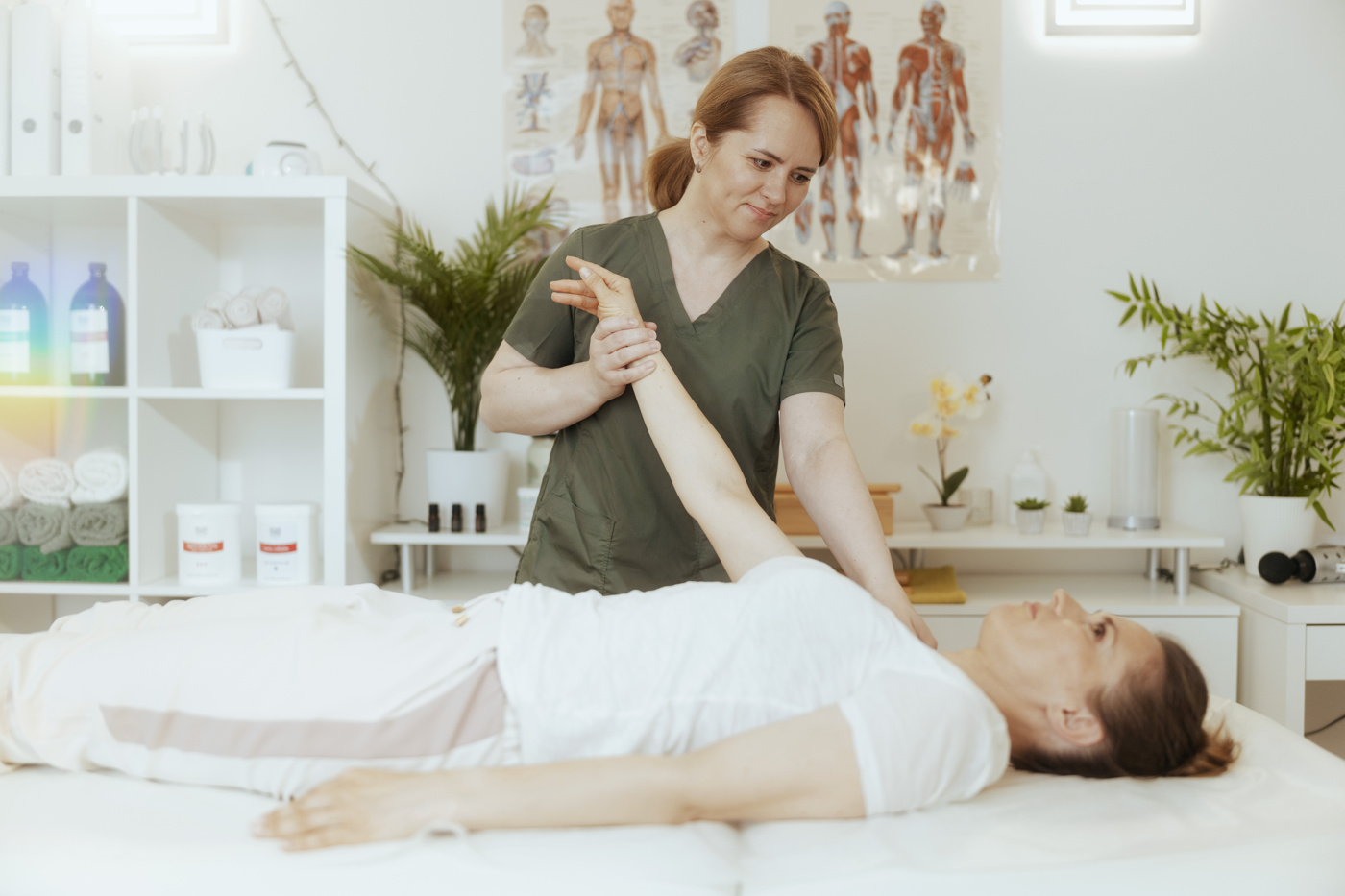Complementary therapist: What does your day-to-day work look like?
Complementary therapists work with individuals and/or groups. Some methods have standardized treatment sequences that extend over 6 to 10 sessions, while other methods view each session as a self-contained unit.
At the beginning, they clarify the current issue, wishes and needs with the client. The therapist may have the client perform certain movements or palpate something in order to get an additional picture of the complaints and possible causes. The actual treatment is then discussed. Depending on the method, this can take place in a standing, sitting or lying position. In most cases, the whole body is treated, which usually remains clothed. The therapy can be accompanied verbally or take place in silence. In some methods, the therapist instructs the client to perform certain movements, to be aware of the body and to pay attention to changes. In other methods, the therapist uses gentle pressure and massage techniques to balance the energy flows of the meridians, release blockages and tension points or realign the skeleton with micro-movements and loosen stuck fascia strands. The aim of each method is to stimulate self-healing processes on a physical, mental and spiritual level and to help harmonize the body's energies.
Complementary therapists often have their own practice. Other options include joining a group practice or working in medical facilities such as health centers, rehabilitation centers, hospitals and clinics.
Good to know:
The training market offers courses in various complementary therapy methods. For example, in foot reflexology, classical massage, lymphatic drainage, nutritional counseling, etc. They conclude with a "school's own certificate (cert.)" from the respective school.
A federal qualification in complementary therapy has been available in Switzerland since 2015. The title "Complementary therapist with a federal diploma" can be obtained by passing this examination (Higher Professional Examination, HFP). The following methods can be used to complete the training (as of March 2024)
- Acupressure therapy
- Acupuncture massage therapy (APM therapy)
- Alexander Technique
- Respiratory therapy
- Aquatic bodywork
- Ayurveda therapy
- Movement and body therapy
- Biodynamics
- Craniosacral therapy
- Eutony
- Fascia therapy
- Feldenkrais Therapy
- Eurythmy therapy
- Kinesiology
- Polarity
- Rebalancing
- Reflex zone therapy
- Rhythmic massage therapy
- Shiatsu
- Structural integration
- Trager Therapy
- Yoga therapy

